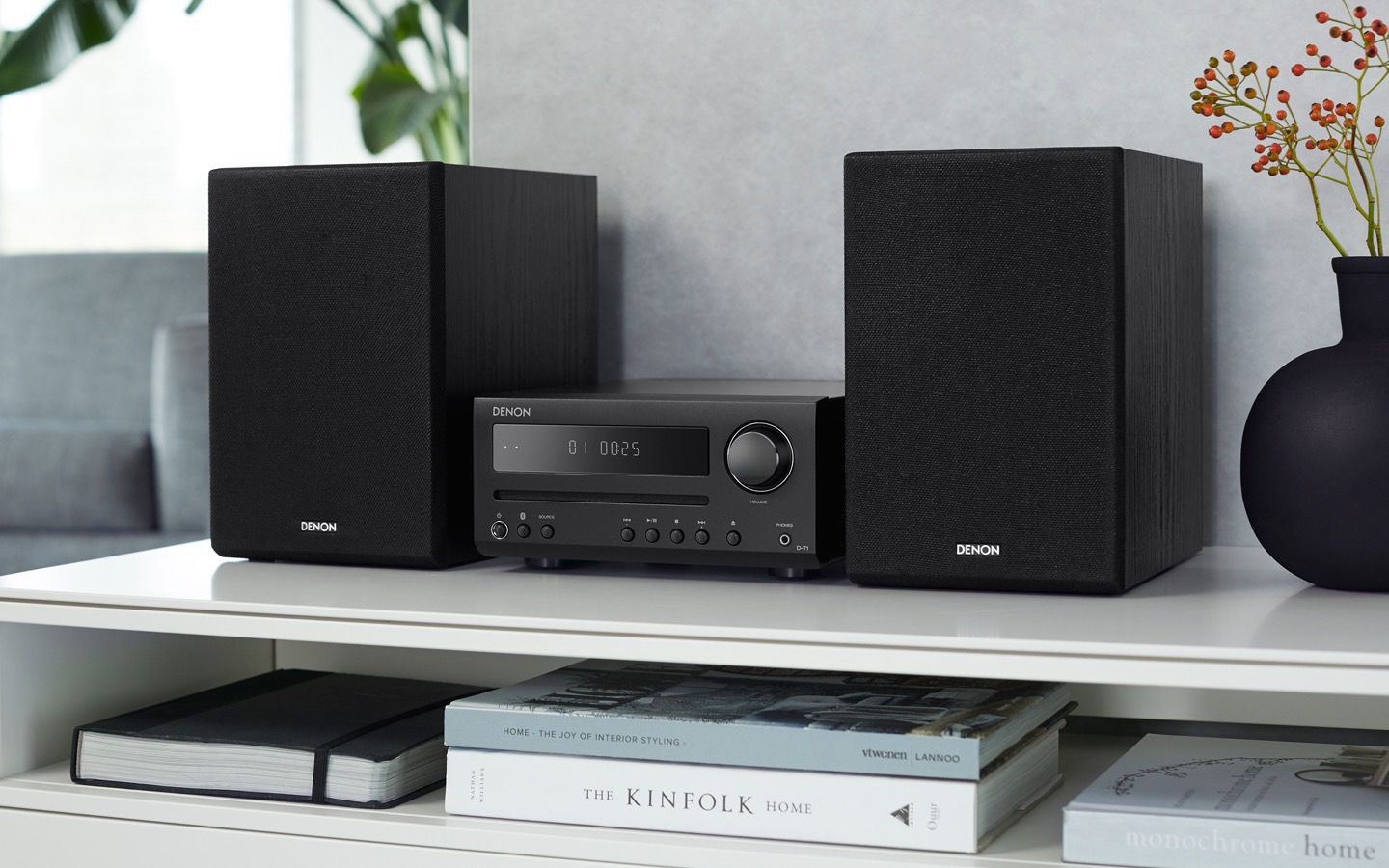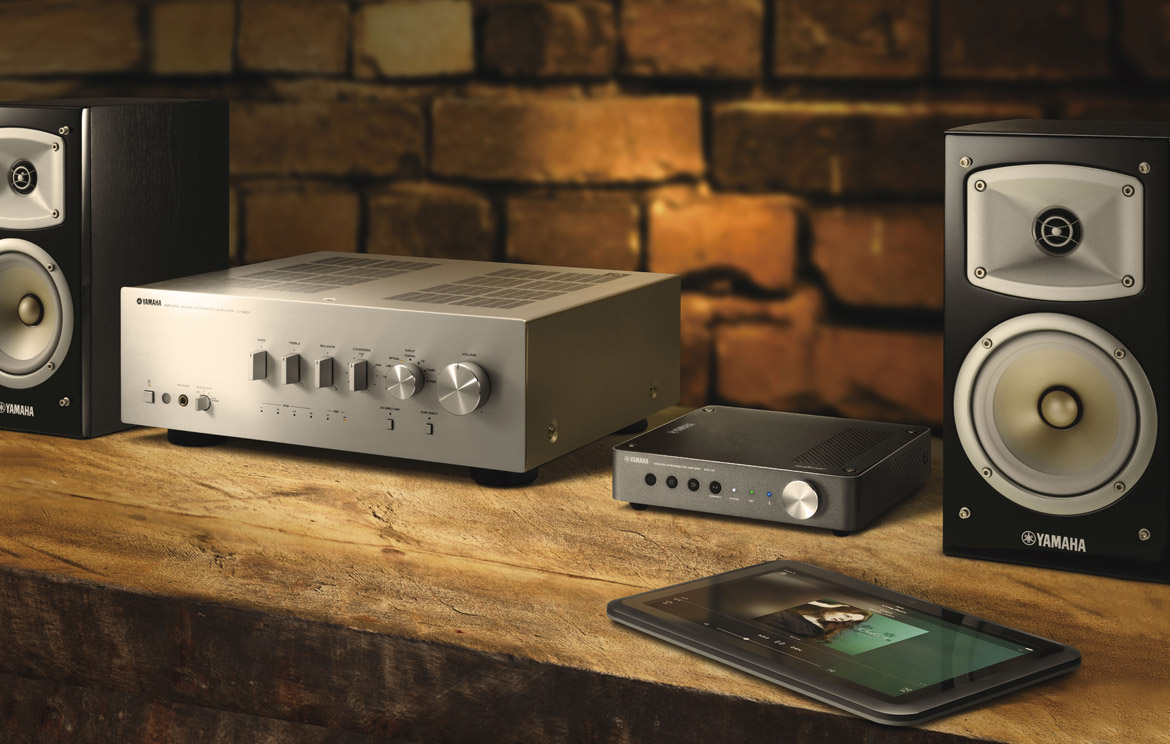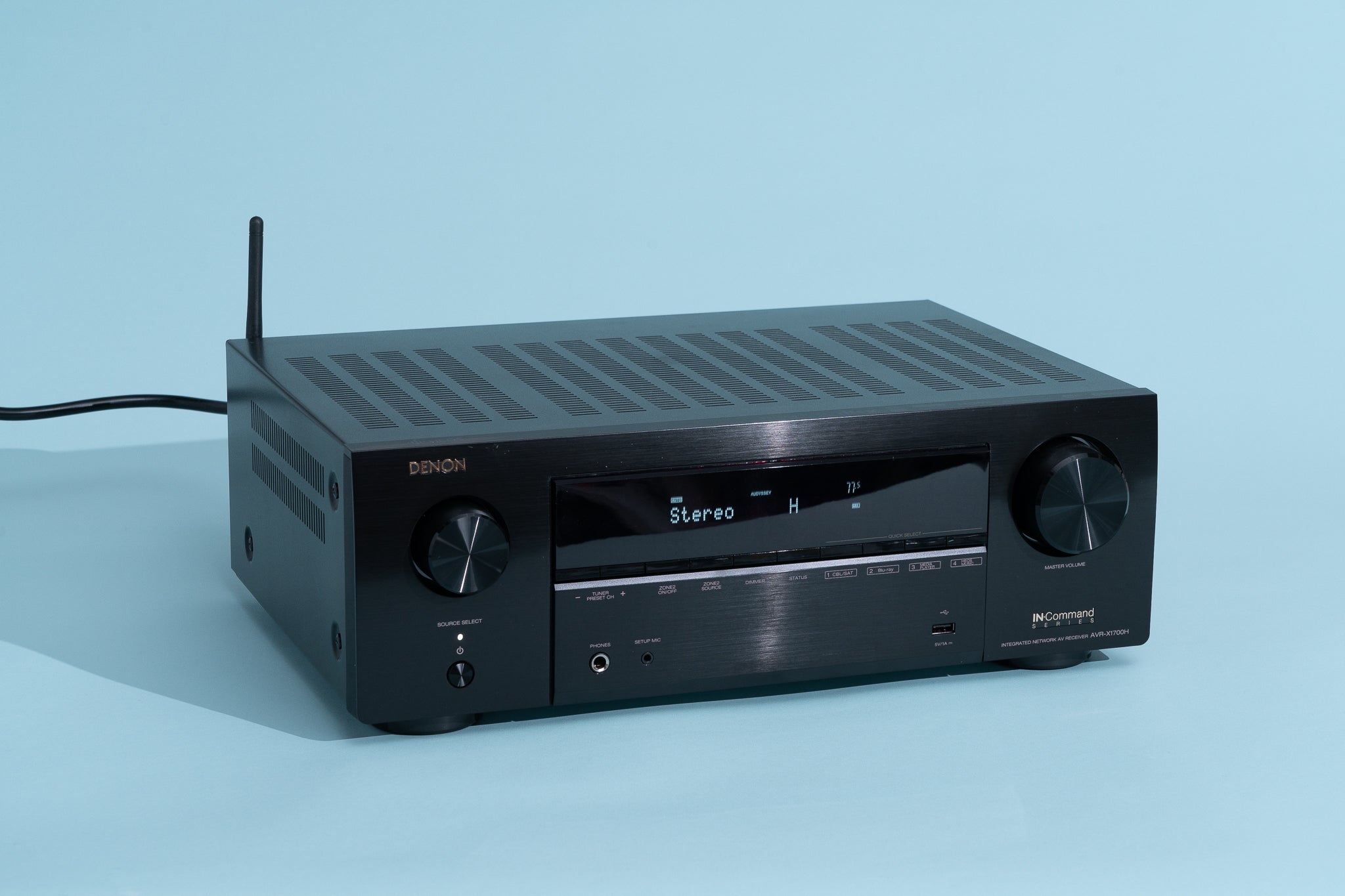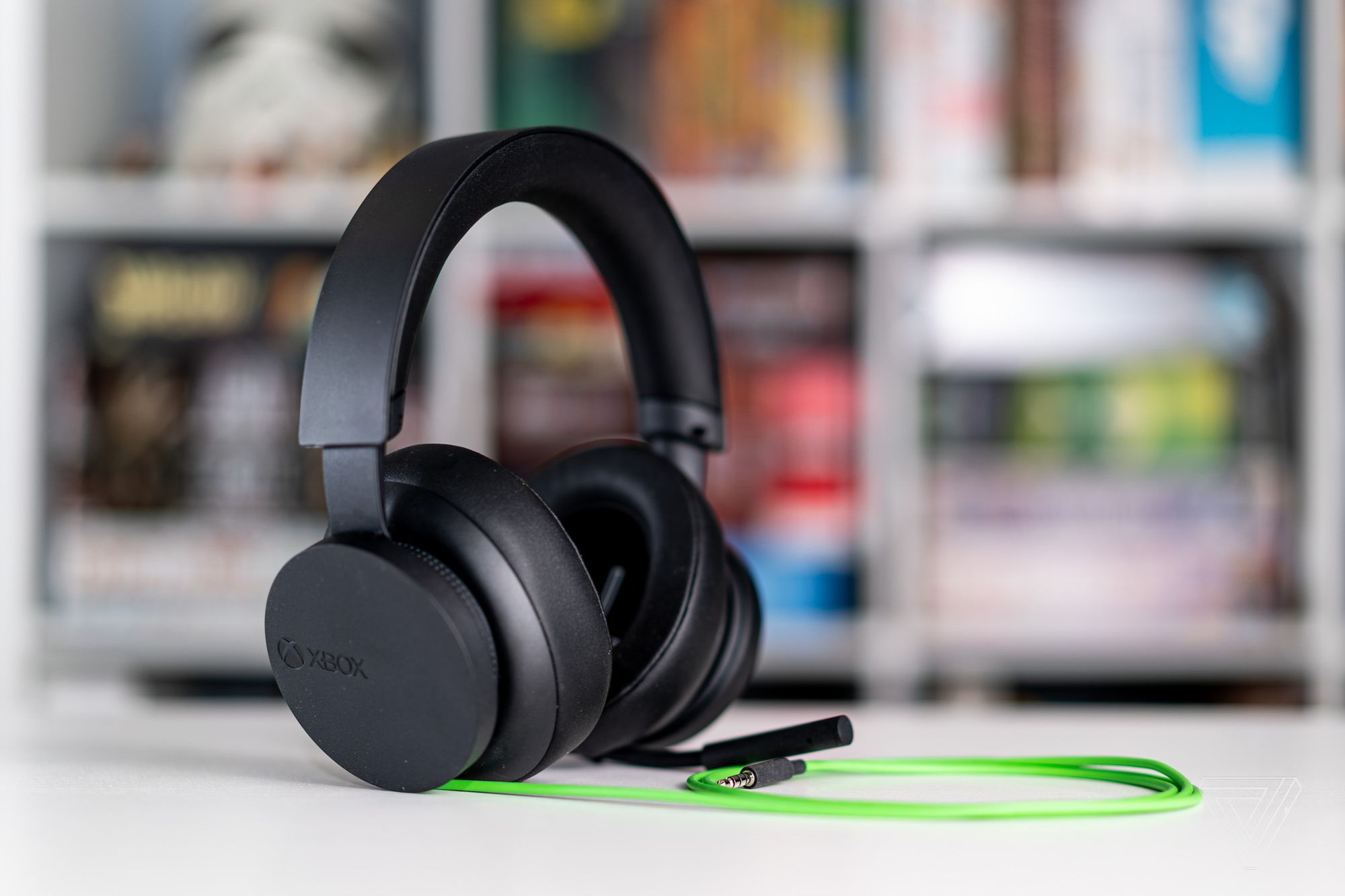Home>Production & Technology>Stereo>What Is Stereo Vs. Mono
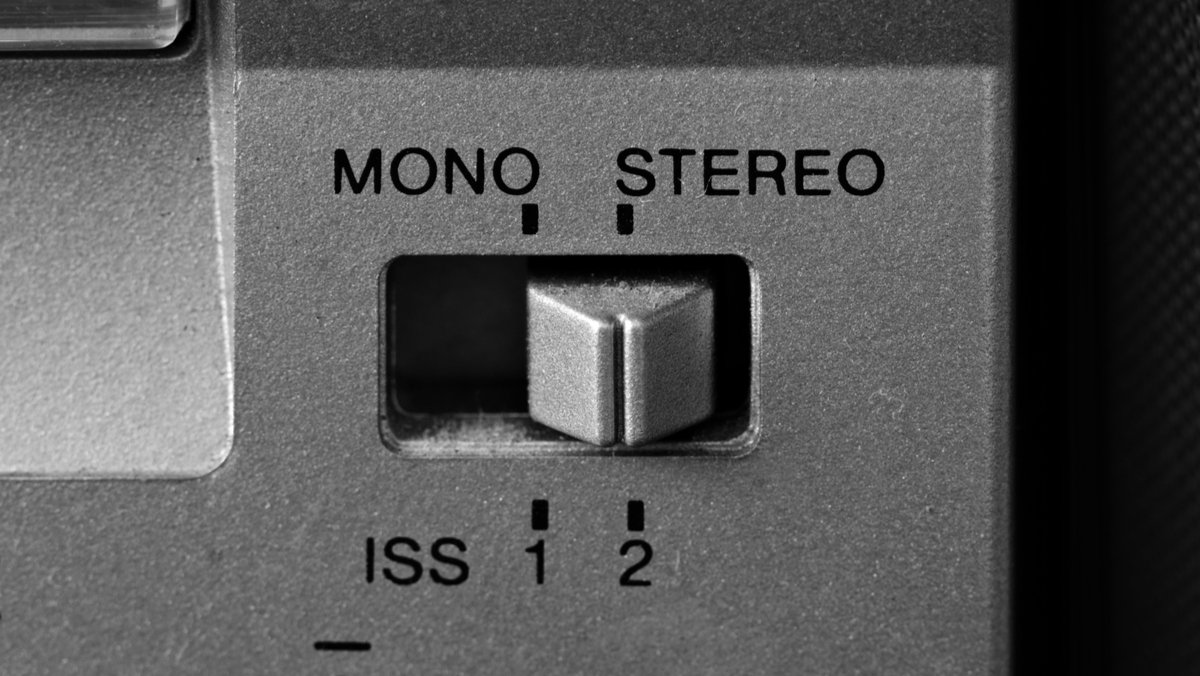

Stereo
What Is Stereo Vs. Mono
Modified: January 22, 2024
Discover the difference between stereo and mono audio. Learn how stereo enhances sound quality with separate channels, while mono combines audio signals into a single channel.
(Many of the links in this article redirect to a specific reviewed product. Your purchase of these products through affiliate links helps to generate commission for AudioLover.com, at no extra cost. Learn more)
Table of Contents
Introduction
When it comes to audio, the terms “stereo” and “mono” are commonly mentioned. These terms refer to different types of sound reproduction, each with its own unique characteristics and purposes. Understanding the difference between stereo and mono is essential for audio enthusiasts and professionals alike.
Stereo refers to a method of sound reproduction that uses two or more independent audio channels to create a sense of space, depth, and directionality. It aims to replicate the way we hear sounds in the natural environment. On the other hand, mono, short for monaural, is a method of sound reproduction that uses a single audio channel. It does not attempt to reproduce spatial information and is typically used for simpler audio applications.
In this article, we will dive deeper into the world of stereo and mono, exploring their definitions, differences, and applications. Whether you’re a music lover, an audio engineer, or simply curious about the intricacies of sound, this article will provide you with a comprehensive understanding of stereo and mono.
Definition of Stereo
Stereo is a term derived from the Greek word “stereos,” meaning solid or three-dimensional. In audio terminology, stereo refers to a method of sound reproduction that uses multiple audio channels to create a more immersive and realistic listening experience.
In stereo, sound is recorded and played back through two or more independent channels, typically represented as left and right. These channels are mixed and separated in a way that allows the listener to perceive sound coming from different directions. By capturing and reproducing the spatial information of a sound source, stereo creates a sense of width, depth, and directionality, mimicking the way we perceive sound in the real world.
The most common stereo setup consists of two speakers placed at a certain distance apart, creating a stereo image that expands the soundstage and enhances the listening experience. When properly mixed and reproduced, stereo sound can provide a more engaging and immersive audio encounter, making it a preferred choice for music, movies, and other multimedia applications.
Technological advancements have expanded the possibilities of stereo sound beyond the traditional two-channel setup. Surround sound systems, for example, utilize multiple speakers positioned around the listener to create an even more realistic and enveloping sound environment. This further enhances the immersive qualities of stereo sound, making it popular in home theaters and other audio-intensive settings.
It’s important to note that stereo is not just limited to audio playback. It is also widely used in audio recording and production. Musicians and audio engineers utilize stereo techniques to capture and reproduce the natural depth and spatial characteristics of musical performances, resulting in more expressive and dynamic recordings.
In summary, stereo is a method of sound reproduction that utilizes multiple audio channels to create a three-dimensional sound experience. By capturing and reproducing spatial information, stereo provides a wider, deeper, and more immersive soundstage, making it the preferred choice for various audio applications.
Definition of Mono
Mono, short for monaural, is a term used in audio to describe a method of sound reproduction that utilizes a single audio channel. Unlike stereo, which aims to create a three-dimensional sound experience, mono focuses on delivering sound in a simplified, single-channel format.
In mono, the audio signal is mixed and played back through a single speaker or audio channel. This means that all sound information is combined and reproduced without any spatial separation or directionality. As a result, the listener does not experience the sense of depth or width that stereo provides.
Mono audio is commonly used in applications where simplicity and compatibility are prioritized over spatial accuracy. For instance, older audio devices, such as early radios and televisions, typically had mono speakers due to technological limitations. Even today, many communication devices, such as phones and voice recorders, utilize mono sound to deliver clear and intelligible audio without the need for spatial information.
While mono may not provide the same immersive listening experience as stereo, it has its own advantages. One of the key benefits of mono is its ability to ensure sound consistency across different playback systems. Since the audio is combined into a single channel, there is less risk of discrepancies in sound quality between speakers or headphones. This makes mono ideal for applications where audio needs to be heard accurately regardless of the playback device.
Additionally, mono can be beneficial in situations where the listener’s attention needs to be focused solely on the content rather than the audio presentation. For example, in public address systems, mono sound is often used to deliver announcements and instructions clearly and effectively without distractions caused by stereo imaging.
In summary, mono is a method of sound reproduction that uses a single audio channel to deliver sound without spatial separation or directionality. While it lacks the immersive qualities of stereo, mono offers simplicity, compatibility, and consistent sound quality, making it suitable for various applications where spatial accuracy is not a priority.
Key Differences between Stereo and Mono
Stereo and mono are two distinct methods of sound reproduction, each with its own characteristics and applications. Understanding the key differences between stereo and mono is crucial for selecting the appropriate audio format for specific situations. Let’s explore the main differentiating factors:
- Number of Channels: The primary difference between stereo and mono lies in the number of audio channels used. Stereo utilizes two or more independent channels, typically represented as left and right, to create a three-dimensional sound experience. Mono, on the other hand, uses a single audio channel, blending all sound information into a unified signal.
- Spatial Perception: Stereo aims to replicate the way we hear sound in the natural environment. By capturing and reproducing spatial information, stereo creates a sense of width, depth, and directionality, enhancing the immersiveness of the audio experience. Mono, in contrast, does not offer spatial separation or directionality. It is a simplified format that delivers sound without the perception of depth or width.
- Playback Compatibility: Mono audio has greater compatibility across various playback devices. Since it utilizes a single audio channel, mono recordings can be played back on any device, from basic mono speakers to stereo systems. Stereo audio, however, requires a stereo playback system to fully experience the spatial effects. Playing stereo recordings on mono systems may result in a loss of audio fidelity and spatial information.
- Sound Consistency: Mono audio ensures consistency in sound quality regardless of the playback system. All sound information is mixed into a single channel, eliminating the risk of discrepancies in audio quality caused by stereo imaging or variations in speaker placement. This makes mono ideal for applications where accurate and consistent sound reproduction is crucial.
- Immersive Experience: Stereo sound provides a more immersive and realistic audio experience compared to mono. By reproducing spatial information and creating a sense of depth, stereo enhances the perception of sound, making it ideal for music, movies, and multimedia applications where an engaging and immersive experience is desired.
Ultimately, the choice between stereo and mono depends on the intended purpose and the specific requirements of the audio application. Stereo offers a more captivating listening experience with its spatial effects, while mono provides simplicity, compatibility, and consistent sound quality across different playback systems. Understanding these differences allows audio enthusiasts and professionals to make informed decisions when it comes to audio reproduction.
Sound Perception in Stereo and Mono
The perception of sound in stereo and mono formats differs significantly due to their distinct approaches to audio reproduction. Understanding how sound is perceived in each format can help us appreciate their strengths and limitations. Let’s explore the sound perception in stereo and mono:
Stereo: Stereo sound aims to replicate the way we hear sounds in the real world, creating a sense of immersion and depth. By utilizing multiple audio channels, stereo captures the spatial information of a sound source and reproduces it in a way that mimics our natural hearing. This spatial perception allows us to locate the origin of sounds, the direction they are coming from, and their relationship to each other. Stereo sound creates a wider and more realistic soundstage, enhancing the depth, width, and perceived distance of audio elements. The spatial cues provided by stereo sound make it well-suited for music, movies, and multimedia applications that require an immersive and engaging listening experience.
Mono: In contrast, mono sound does not attempt to reproduce spatial information. It combines all audio signals into a single channel, resulting in a more simplistic and direct sound perception. With mono, the listener experiences sound without any sense of width, depth, or directionality. The lack of spatial separation in mono makes it suitable for applications where the focus is on the content rather than the audio presentation. Mono is commonly used in voice recordings, conference calls, podcasts, and other situations where clear and intelligible sound reproduction is essential, and spatial accuracy is not a priority.
It’s important to note that the perception of sound is not solely determined by the audio format itself but also influenced by the playback system and the listening environment. Factors such as speaker placement, room acoustics, and listener positioning can all impact the way sound is perceived in both stereo and mono formats.
While stereo sound provides a more immersive and dynamic listening experience with its spatial effects, mono sound delivers a straightforward and consistent sound perception. Both formats have their applications and advantages, and the choice depends on the specific requirements and intent of the audio content.
Understanding the unique sound perception in stereo and mono formats enables us to appreciate the intricacies of audio reproduction and make informed decisions in selecting the appropriate format for different audio applications.
Advantages of Stereo
Stereo sound offers several advantages that make it a widely preferred format for various audio applications. Let’s explore the key advantages of stereo:
1. Immersive Listening Experience: One of the primary advantages of stereo is its ability to create an immersive and realistic listening experience. By utilizing multiple audio channels, stereo sound captures and reproduces spatial information, allowing listeners to perceive width, depth, and directionality in the sound. This creates a more engaging and captivating audio encounter, especially when it comes to music, movies, and multimedia content.
2. Enhanced Soundstage: Stereo sound expands the soundstage, providing a wider sonic field and a heightened sense of space. Instruments and voices can be spread across the stereo image, creating a three-dimensional effect and making it easier to distinguish individual audio elements. This auditory separation adds clarity, richness, and depth to the sound, enhancing the overall listening experience.
3. Accurate Sound Localization: Stereo sound enables precise sound localization, allowing listeners to perceive the exact location of audio sources within the stereo image. This means that instruments and vocals can be positioned at specific points, creating a more realistic and spatially accurate representation of the original recording. The ability to localize sound sources accurately adds depth and realism to the audio, contributing to an immersive experience.
4. Expressive Musical Reproduction: Stereo sound is particularly beneficial for reproducing music. It allows for the nuanced portrayal of musical performances, capturing the depth, dynamics, and instrument separation inherent in the recording. Stereo sound enables the listener to appreciate the intricate interplay between individual instruments, contributing to a more emotionally engaging and authentic musical experience.
5. Surround Sound Possibilities: Stereo sound forms the foundation for surround sound systems. By expanding the number of audio channels to create rear and center speakers, surround sound systems further enhance the immersive qualities of stereo sound. This surround sound capability is widely used in home theaters, gaming, and virtual reality setups, providing a captivating audio experience that envelops the listener.
6. Creative Audio Production: Stereo sound offers more creative possibilities for audio production. Musicians, producers, and sound engineers can utilize stereo techniques to experiment with panning, spatial effects, and stereo imaging, adding depth and dimension to their recordings. This creative flexibility opens up opportunities for artistic expression and allows for the crafting of unique and compelling sonic experiences.
In summary, stereo sound provides an immersive and engaging listening experience, with an enhanced soundstage, accurate sound localization, and expressive musical reproduction. Its versatility and creative potential make it a preferred choice for a wide range of audio applications, from music recordings to cinematic experiences and beyond.
Advantages of Mono
While stereo sound offers an immersive and spatial audio experience, there are distinct advantages to using mono sound in certain applications. Let’s explore the advantages of mono:
1. Compatibility: Mono audio has greater compatibility across different playback systems. It can be played back on any audio device, from basic mono speakers to stereo systems, without any loss of sound quality or spatial separation. This compatibility makes it ideal for applications where consistent audio playback is essential regardless of the playback system.
2. Consistency: Mono sound ensures consistent sound quality throughout different listening environments. Since all audio signals are combined into a single channel, there is minimal variation in sound reproduction caused by speaker placement or room acoustics. This consistency is especially important in applications like public address systems or voice recordings, where clear and intelligible sound is crucial.
3. Focused Listening: Mono sound allows for focused listening, particularly when the content itself is the primary focus rather than the audio presentation. In situations where the listener’s attention needs to be directed solely towards the information being conveyed, mono sound eliminates distractions caused by stereo imaging or spatial effects.
4. Error Resistance: Mono audio is less susceptible to errors or issues during playback. Any potential issues, such as signal loss or interference, would affect the entire audio signal equally. This can be advantageous in situations where reliability is of utmost importance, such as in broadcasting, public announcements, or emergency communication systems.
5. Economical: Mono audio requires fewer resources and equipment compared to stereo sound. With only a single audio channel to handle, mono audio systems are generally more cost-effective to set up and maintain. This makes mono a practical choice for applications with budget constraints or where simplicity is preferred.
6. Intelligibility: Mono sound can enhance speech intelligibility, especially in scenarios where clear communication is crucial. By combining all audio signals into a single channel, mono allows for a more focused and amplified delivery of speech, making it easier for listeners to understand and comprehend the message being conveyed.
In summary, mono sound offers advantages in terms of compatibility, consistency, focused listening, error resistance, economics, and improved speech intelligibility. While it may lack the spatial immersion and dimensionality of stereo sound, mono remains a valuable choice for applications where compatibility, simplicity, and clear communication are paramount.
Applications of Stereo and Mono in Different Industries
Stereo and mono sound find applications in various industries, each serving specific purposes and meeting specific needs. Let’s explore how stereo and mono are utilized in different sectors:
Music Industry
In the music industry, stereo sound is the preferred format for music recording, production, and playback. Stereo allows musicians and producers to capture the spatial characteristics, depth, and instrument separation within a recording, resulting in more immersive and expressive musical experiences. Stereo sound is also essential for live performances, where sound engineers use stereo techniques to create a natural and enveloping sound for the audience.
Mono sound, on the other hand, is often used in music mixing and mastering processes to ensure compatibility across various playback systems. It is also utilized in music distribution platforms where mono versions of songs are created to ensure consistent sound quality for listeners on different devices.
Film and Television
In the film and television industry, stereo sound plays a crucial role in enhancing the cinematic experience. Surround sound systems utilize stereo sound as the foundation for creating immersive soundscapes that accompany the visual storytelling. Stereo techniques allow for the placement of sound effects, dialogue, and music in specific channels, enriching the viewer’s engagement and adding depth to the on-screen action.
However, mono sound still finds its place in film and television, particularly in certain application areas. Narration tracks, voiceovers, and mono sound effects can be used to provide clear and focused audio in specific scenes. Mono audio is often used in documentary filmmaking, where speech clarity and intelligibility take precedence over the spatial effects offered by stereo sound.
Broadcasting and Podcasting
Stereo sound is commonly used in broadcasting and podcasting, especially in situations where music, sound effects, and immersive audio experiences are desired. Stereo enhances the listening experience, making broadcasts and podcasts more engaging and enjoyable for the audience. Stereo microphones and audio mixers are utilized to capture and replicate the spatial details present in live recordings or studio productions.
Mono sound, however, plays a significant role in broadcasting and podcasting applications where speech intelligibility and compatibility are paramount. Mono ensures clear communication, especially in public address systems, conference calls, and radio broadcasts, where the content itself needs to be heard clearly regardless of the listening environment or the type of audio device used by the audience.
Public Address Systems
Public address systems, including stadiums, airports, train stations, and event venues, commonly utilize mono sound. Mono ensures equal sound distribution and consistent audio quality throughout the entire listening area. By avoiding stereo imaging and focusing on clear and intelligible sound reproduction, mono provides effective communication in public spaces where announcements, safety instructions, and general information need to be communicated clearly and without distractions.
Telecommunications and Voice Recording
Mono sound is widely used in telecommunications, including mobile phones, landlines, and VoIP systems. Mono allows for clear and concise voice communication while conserving bandwidth and ensuring compatibility across different devices. Similarly, mono sound is applied in voice recording applications, such as dictation devices and voice recorders, where the priority is capturing speech accurately and reducing background noise interference for transcription purposes.
In summary, stereo and mono sound find applications in industries such as music, film, broadcasting, public address systems, telecommunications, and voice recording. Stereo offers immersive experiences, realism, and enhanced soundscapes, while mono ensures compatibility, clarity, consistency, and focused communication in specific situations. The choice of using stereo or mono depends on the requirements of the industry, the specific application, and the desired audio outcome.
Conclusion
In conclusion, stereo and mono are two distinct methods of sound reproduction, with their own unique characteristics and applications. Stereo offers an immersive and realistic audio experience, using multiple channels to create a sense of depth, width, and directionality. It excels in music, movies, and multimedia applications where an engaging and captivating listening experience is desired. On the other hand, mono simplifies sound reproduction to a single channel, focusing on compatibility, consistency, and clear speech intelligibility. It is commonly used in public address systems, broadcasting, telecommunication, and voice recording applications.
Understanding the differences and advantages of stereo and mono allows audio enthusiasts, professionals, and consumers to make informed decisions when it comes to audio playback, recording, and production. Both formats have their strengths and are suited for specific purposes. Stereo provides an expansive soundstage, accurate sound localization, and an immersive experience, making it ideal for music and cinematic applications. Meanwhile, mono ensures compatibility, consistency, and focused communication, making it suitable for broadcasting, public address systems, and telecommunication.
Ultimately, the choice between stereo and mono depends on the specific requirements of the audio application, the intended listening experience, and the desired outcome. By harnessing the capabilities of both stereo and mono sound, audio professionals can create captivating experiences, while consumers can enjoy an audio experience that best suits their preferences and needs.





